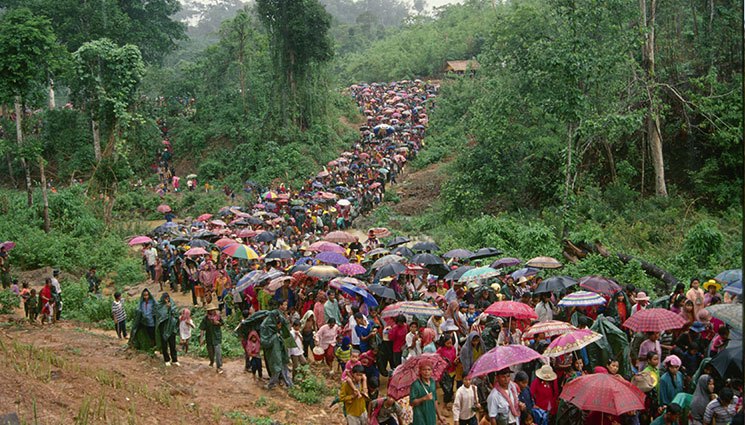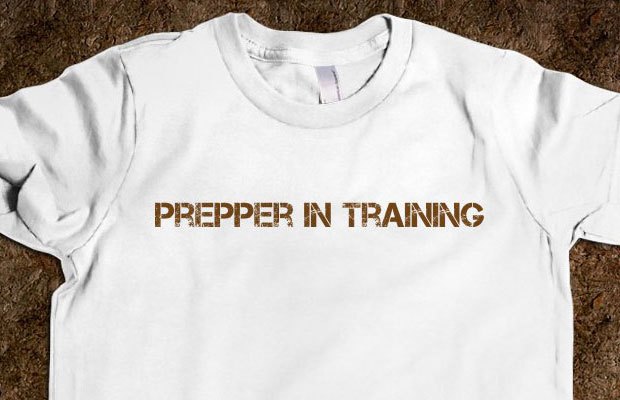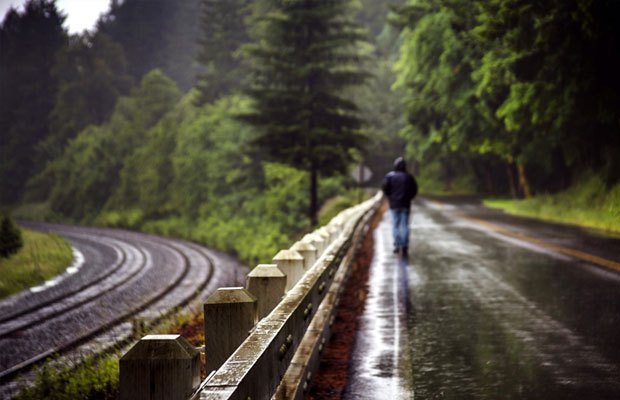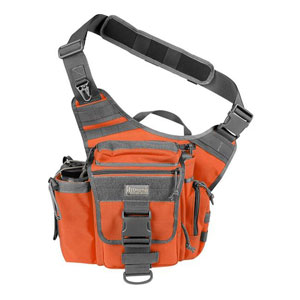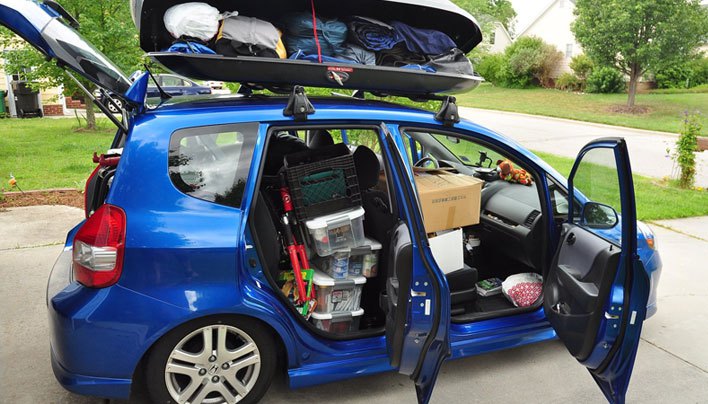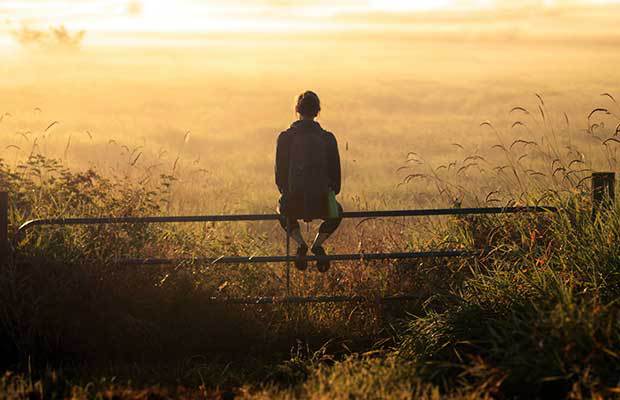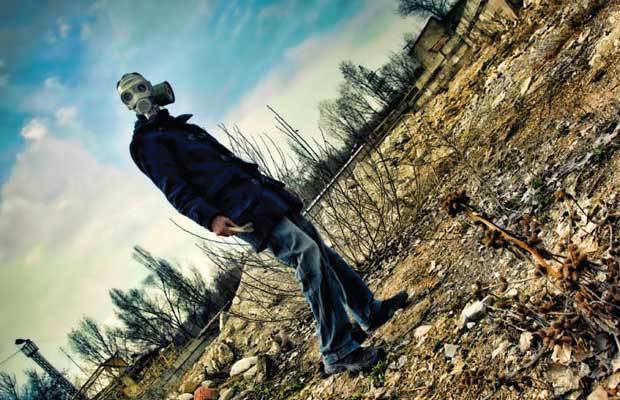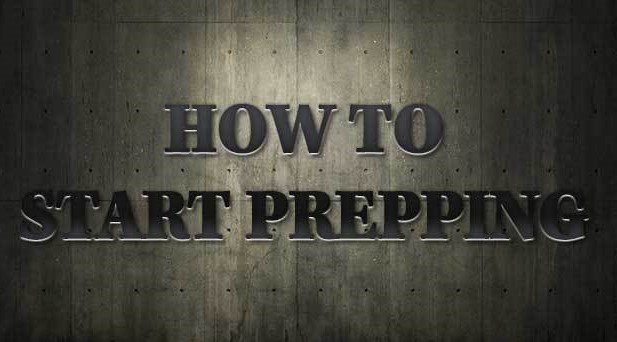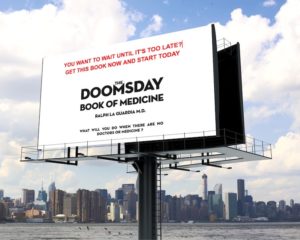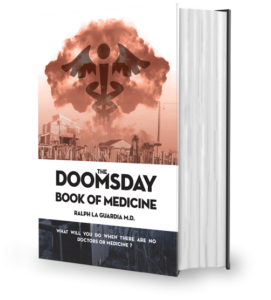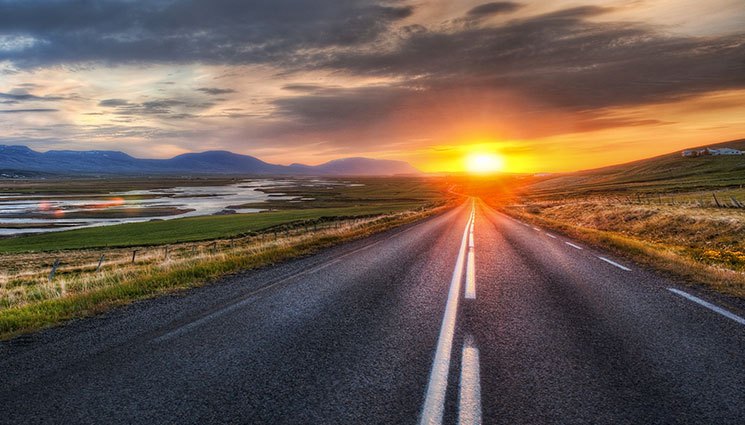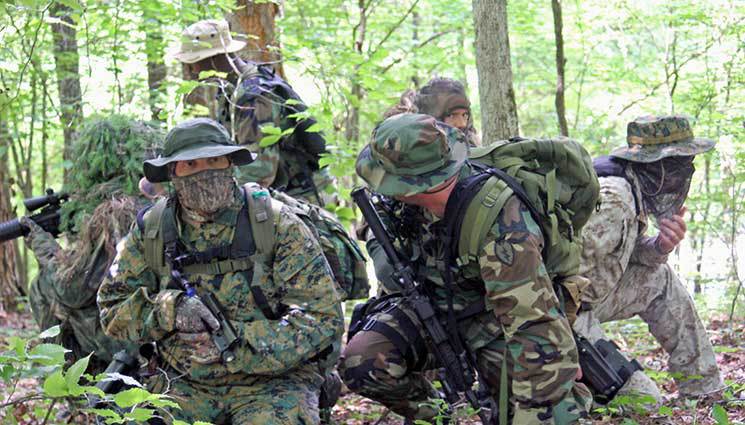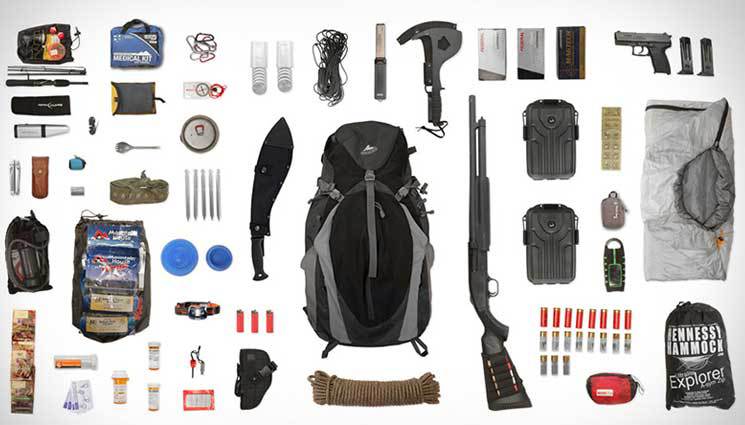Bugging Out vs. Hunkering Down
A frequent topic in Preparedness and Survival circles is the subject of Bugging Out and more specifically the question of whether you plan to Bug Out or will you Hunker Down. This simple question easily elicits all manner of responses and you will rarely find consensus on which is the better option. The only good thing about this question is there are only two options and one of those has to be the correct one in someone’s eyes. A 50/50 shot of getting this right isn’t too shabby if you are looking at odds, but there will be those who maintain an absolute position on one option or the other.
To Bug out or not bug out, like most questions that we must ask ourselves as we prepare for emergencies is an individual question and there is no universal wrong or right. This question is probably only second in notoriety to “What caliber is the best defensive round”.
If you can imagine going into a big underground bunker full of Preppers who are getting ready for the next Emergency and shouting that question; you will get as many answers as you have people. In reality, there are only a few common calibers but each person will have their own reason, preference, or bias toward one and they will tell you in a very matter of fact tone, their choice and more importantly why you should take their word as the Gospel. Actually, it is probably simpler but just as much fun to pose this question in a survival forum and watch the sparks fly.
The factors that drive each person to reach their own personal decision are too numerous really to discuss in detail, but I will attempt to add my own opinionated two cents to the (already well covered, I know) argument and in doing so, completely invalidate everything I just said above. The reason is that I believe there is only one real answer to this question in almost any situation and my way is the right way. Most of the time.
Before I get too far ahead of myself, you may be asking “What the heck is he talking about?” so a quick definition is called for here. “Bugging Out” is the act of packing up your supplies and leaving home to go to another location. This may or may not coincide with the belief that you will never come back. A common example of Bugging Out is people who are forced to leave town due to a natural disaster like flooding or a Hurricane. They pack up their cars and get out of dodge. This is one of the reasons FEMA and other places recommend having a Bugout Bag or BOB with supplies that will keep you alive for 72 hours so that you can leave at a moment’s notice.
Bugging In or Hunkering Down is the complete opposite of Bugging Out. When you Bug-In you are staying put in your home with your supplies intending to ride out the storm of chaos that is coming. Thus the question is asked in preparedness circles usually in the context of political, biological, or terrorist types of chaos: “Will you Bug out or Hunker down?”
To answer this for yourself, you have to ask several questions to determine which is the better option for you in your circumstance. The questions are pretty basic and revolve around:
- Your Situation – What pushes your button internally that says “We have to leave”?
- Your Location – This can apply to both where you are and where you plan to go
- Your Health – Are you physically able to leave and possibly walk the distance
- Your Dependents – small children or old relatives. Pets?
- The Threat – What is the threat we are planning to leave for?
- Your Destination – Where is the place you are going to?
Your Situation – can greatly affect the decision to Bug-Out or not and you have to decide when you will actually make the choice to go. If you are planning for an economic collapse, what events will trigger you to leave home and head somewhere else? How bad would things need to get before you made that call? What if you are away from home? In that case, you will be more concerned with getting home. What will your family do until you arrive? Is it the middle of winter and there is 2 feet of snow on the ground? Do you have a means of defending yourself and your family?
Your Health – Are you physically able to get up and strap a backpack to your back, walk out the door and never come back? Would you be able to run if needed? Do you require medication that must be refrigerated or taken daily? In some cases you simply won’t have a choice, you will need to Bug-In and plan accordingly.
Your Dependents – Do you have smaller children who may not be able to travel long distances. Are your children still in diapers or do they have special needs? Even healthy children below the age of 10 would have a tough time coping with a Bug-Out situation if the event lasted a long time and there was no stability. Are you pregnant? Do you have pets that you would never leave in a million years or that you would not be able to transport?
Your location – Are you located in a major city or a rural area with miles around you and nothing to look at. Do you live in a place that would allow you to live if the grid came crashing down tomorrow? I am not discussing whether or not it would be difficult, but could you plant a garden, or do you live in a high-rise apartment in Chicago? Would you possibly need to walk with millions of other people out of the city? If this is the case, where would you go?
The threat – This one may be the easiest to answer but you will most likely have more than one answer given the specific threat. If we are talking about a flood or natural disaster and you have plenty of notice you may decide to leave. If we are talking about a viral outbreak or Mutant Zombie Bikers from Mars you may decide to stay. Has your city descended into chaos with riots and fires and mobs of people looting?
Your destination – Where are you heading? Do you have a place to go with a survival kit filled with supplies to last you? If the threat is a natural disaster like a hurricane and you have time, you can probably go stay with relatives for a few days. This may be one of the first things you should think of. Will you pack up the family, load down the car, and hit the highway? Where will you go? For me, I think this was the first factor I built all of my other choices off of. I do not live on a retreat in Idaho with 50 acres of land and an underground bunker complete with livestock and solar power. I do live near a large pond in a relatively small city with enough land to have a garden that would feed my family. I don’t have any retreat property (yet) so I don’t know where I would go. I would not go driving off into the sunset to try and live off the land unless I was desperate. This may be the circumstance that you are facing too and when the time comes you have to decide.
One factor I really like about the Preparedness and Survival community is the wealth of knowledge and experience we have out there. Just like me, everyone has an opinion. Some are based upon experience and others have made decisions after much reflection. Regardless of the experience, one has you have to ask yourself questions when making a decision like this as it could affect everything you have and/or love. No expert can tell you what will work best for you and your family in your situation.
Taking all of the criteria above into consideration, I think for the average person with no place to go Bugging in is the best option. You will not be able to walk into the forest, killdeer, and squirrels and live like a boss. That simply isn’t happening for the “average” person. For one thing, you won’t be alone. There could be millions of others with you too.
I have thought long and hard on this question and I know that if circumstances in my life were different I would most likely have a different answer. As it stands now, my vote is for Bugging In. I have all of my supplies here and we live in a relatively rural area. I am not naïve to believe that we would be insulated from the chaos but I think we would have a better chance here with some shelter as opposed to walking in the woods sleeping under a tarp. As much as I like camping, a home is a better place to defend.
Could that change tomorrow? Sure it could. I am constantly evaluating my situation and when things change, my plans change. Who knows, I might update this site before it’s all said and done with one last message.
“So long folks! I am outta here.”
Other Self-sufficiency and Preparedness solutions recommended for you:
The vital self-sufficiency lessons our great grand-fathers left us
Knowledge to survive any medical crisis situation
Liberal’s hidden agenda: more than just your guns
4 Important Forgotten Skills used by our Ancestors that can help you in any crisis
Secure your privacy in just 10 simple steps
A frequent topic in Preparedness and Survival circles is the subject of Bugging Out and more specifically the question of whether you plan to Bug Out or will you Hunker

